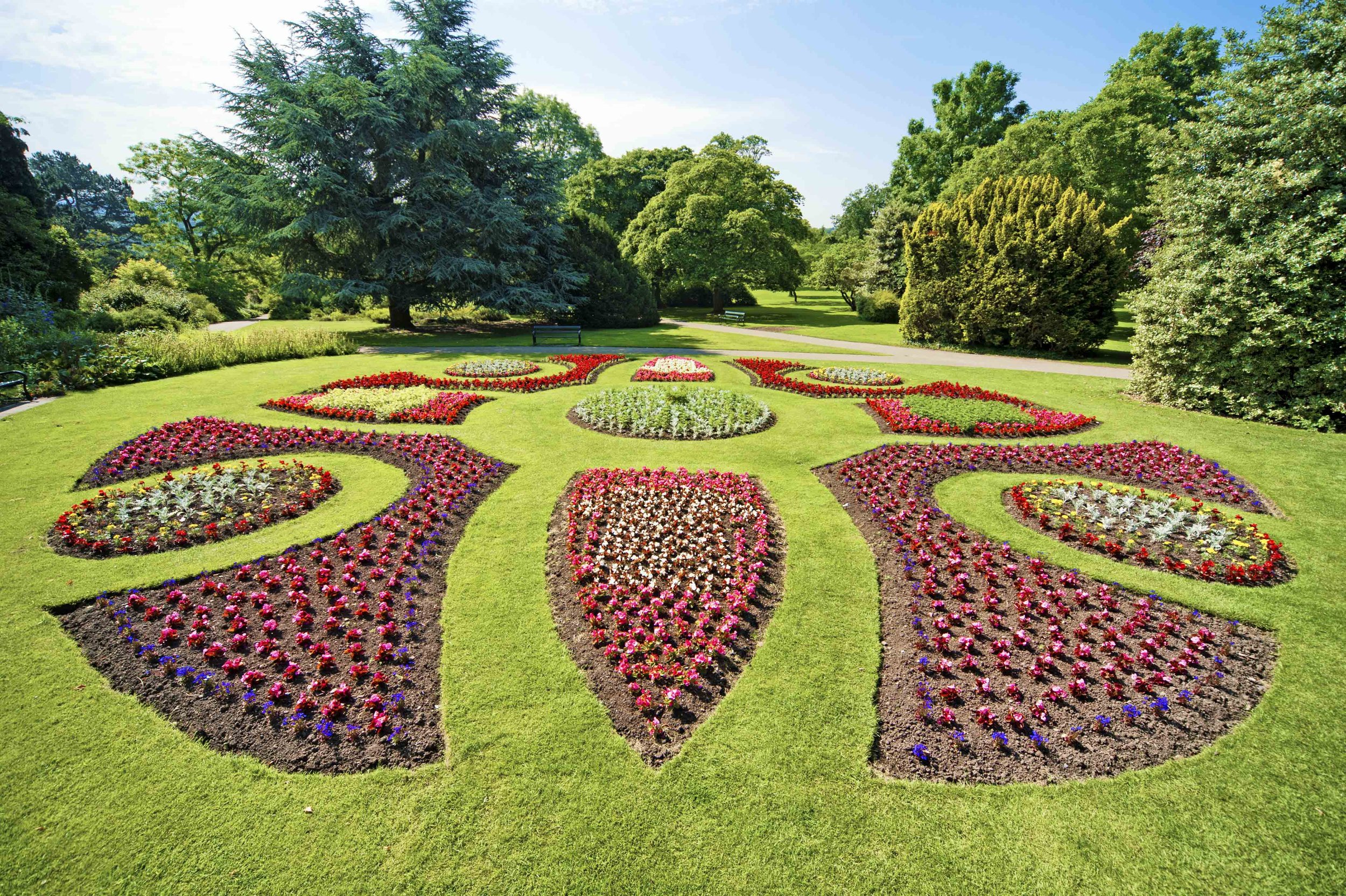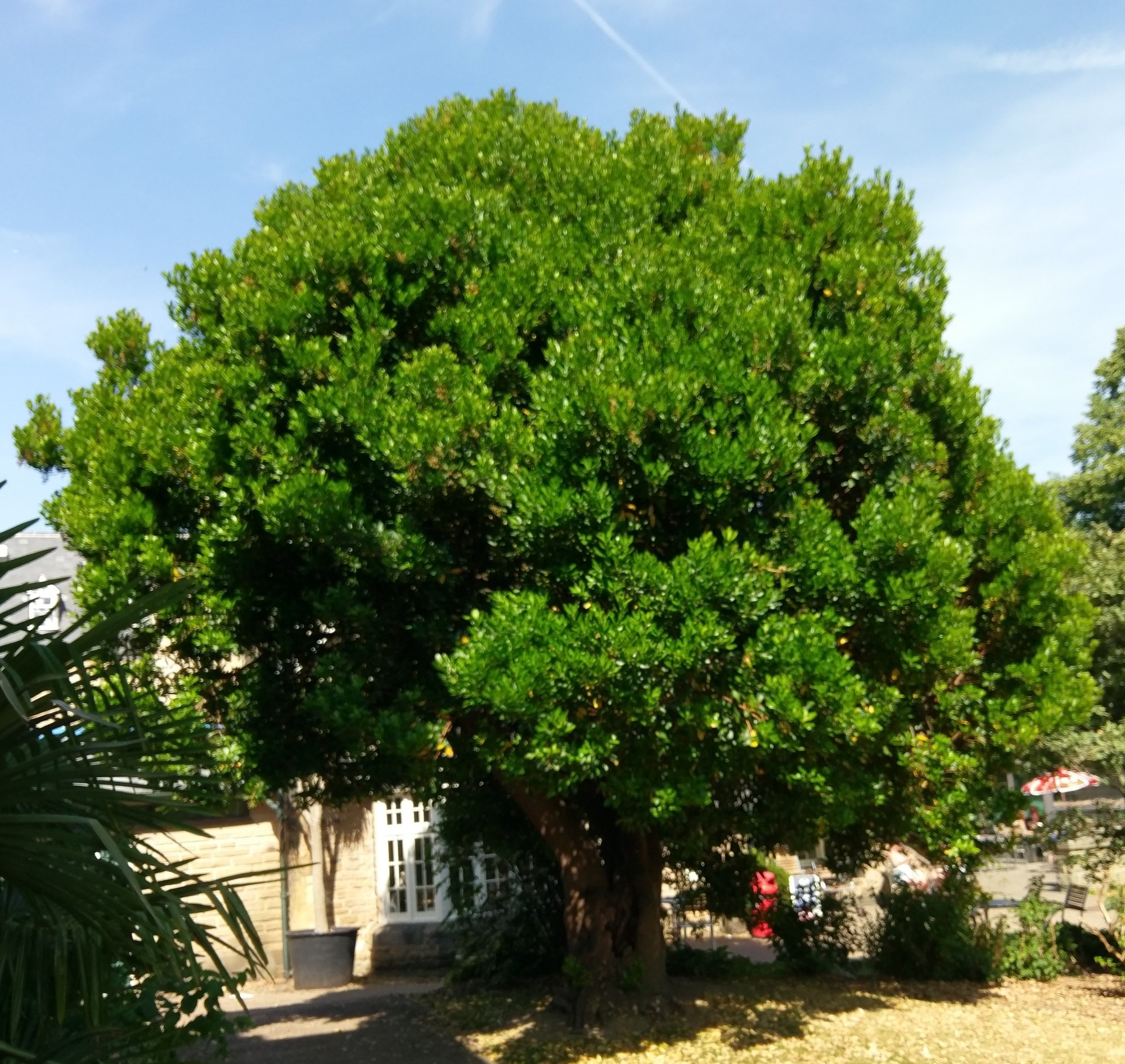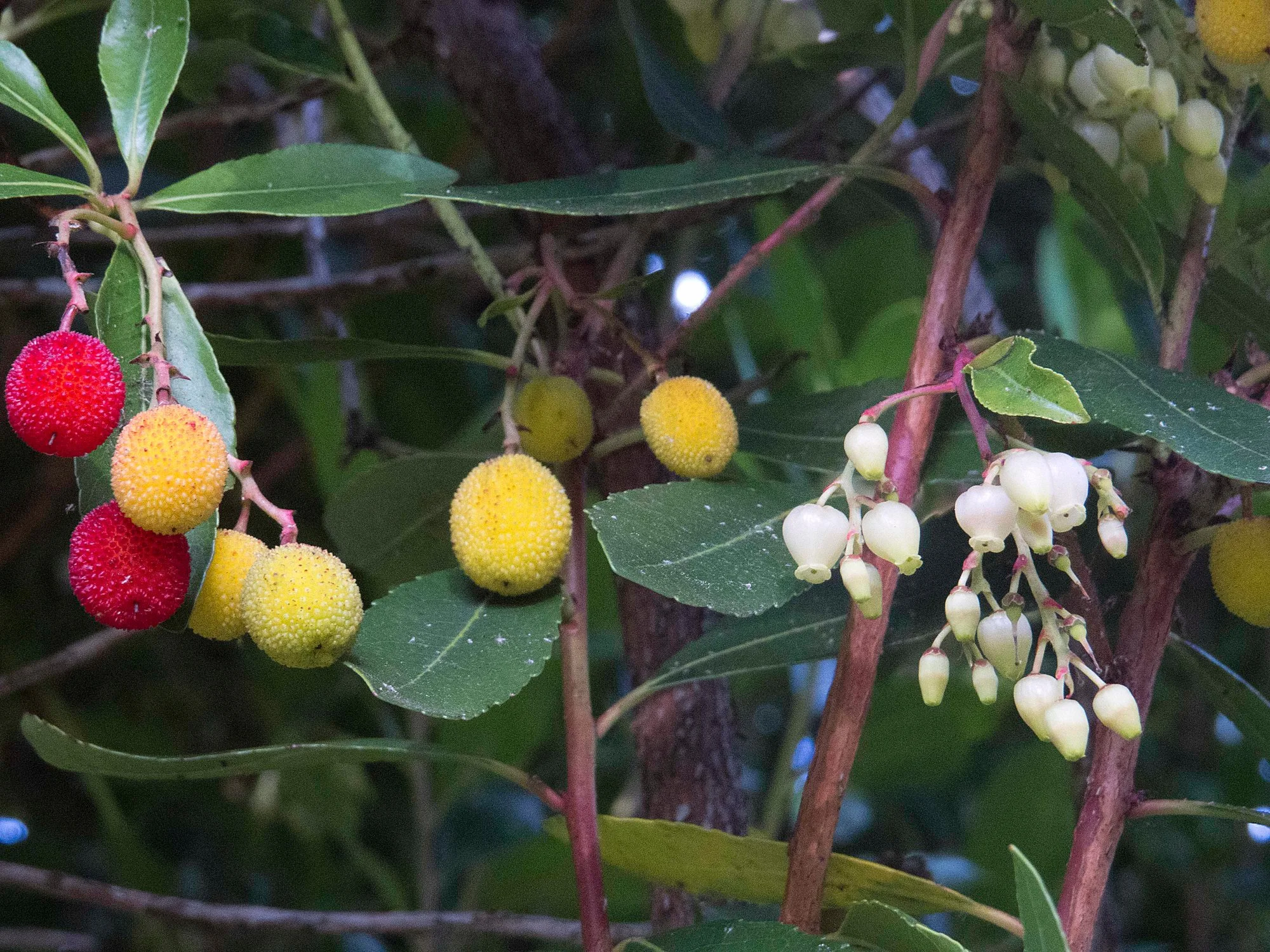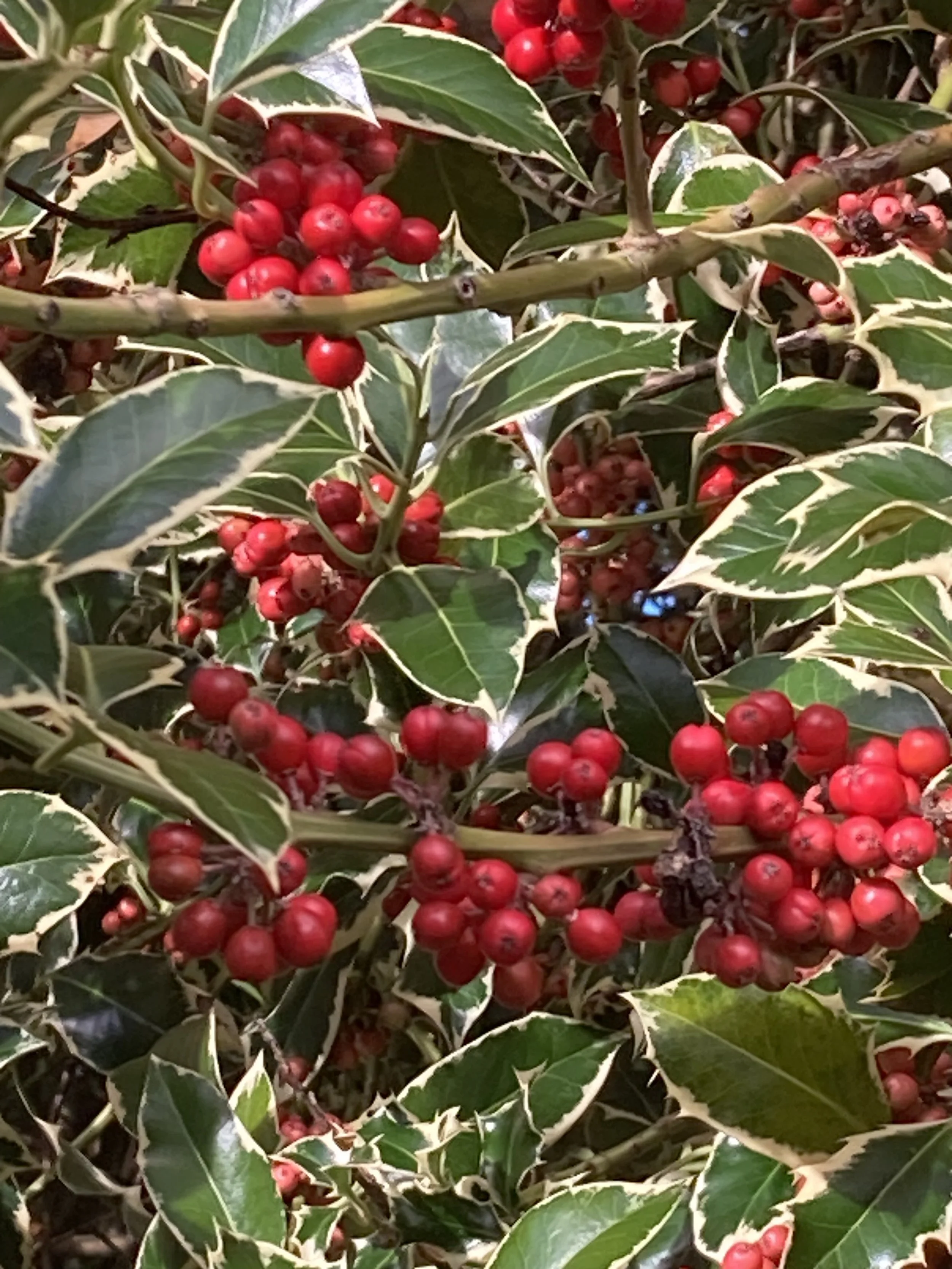Victorian Garden and Gatehouse area
Welcome to the Gardens. This section includes varieties similar to those used by the first curator. The circular arrangement of the Victorian Garden beds was developed by 1853 by the third curator, John Law, and has remained a constant feature since then.

In late Victorian times the circular beds featured ‘carpet bedding’ where thousands of small low-growing plants, such as Echeveria and Alternatifolia, with contrasting foliage colour were planted tightly together forming patterns resembling a carpet.
In modern times these high maintenance beds are planted out twice a year with colourful seasonal plants in a formal bedding pattern. In contrast the borders are planted with perennial species and cultivars with predominantly blue, white or yellow flowers to give a ‘cool’ background to the bright formal beds. Among these are the tall grass Miscanthus sinensis ‘Silberfeder’, the lovely white flowered English Shrub Rose ‘Desdemona’ and the soft blue bearded iris ‘Jane Phillips’.
The area around the Curator’s House is part of the heritage landscape, it has largely been planted with shrubs, perennials and bulbs, using species and varieties which would have been available to Robert Marnock. However, modern cultivars have also been included to demonstrate links between the old and new and to add colour and interest.
An unusual tree for this part of the world is the Arbutus unedo or Killarney Strawberry tree which has fruit and flowers at the same time in early November. Other trees of interest include a large holly, Ilex aquifolium ‘Argentea Marginata’ which berries well in winter, and a foxglove tree, Paulownia tomentosa, which originates from China and puts on a show of beautiful foxglove-shaped flowers in May. The large purple-leaved beech growing on a mound is Fagus sylvatica ‘Riversii’.
A new development is the Mediterranean bed which is designed to open up the view of the front of the Pavilions and the gardens as seen by visitors coming in by the Clarkehouse Road entrance. Planting has been restricted to species from the Mediterranean Basin. A wide selection of suitable herbaceous plants were raised from seed over several years and several small shrubs were purchased from local nurseries. The new bed contains plants growing in countries extending from Gibraltar and Morocco as far as Lebanon, plus most of the Mediterranean islands, particularly Crete. The bed was prepared and planted in 2024 and is being extended in 2025.








